How to Choose the Right Street Light for Your Urban Environment
In urban environments, the selection of appropriate street lights is crucial for enhancing safety, aesthetic appeal, and energy efficiency. According to the U.S. Department of Energy, lighting accounts for approximately 38% of the total energy use in municipal buildings, highlighting the importance of choosing street lights that not only illuminate effectively but also reduce energy consumption. The International Energy Agency reports that well-designed street lighting can lower crime rates by up to 20%, while also increasing pedestrian visibility. As cities continue to expand, the implementation of smart lighting solutions is becoming increasingly relevant, with the global smart street lighting market projected to reach $8.2 billion by 2025, according to MarketsandMarkets. This underscores the need for urban planners and decision-makers to carefully evaluate various factors such as illumination technology, sustainability, and local community needs when choosing the right street light for their environment.

Understanding the Importance of Effective Street Lighting in Urban Areas
Effective street lighting plays a crucial role in enhancing urban environments by ensuring safety, security, and visibility for pedestrians and vehicles. Well-lit streets deter criminal activity, promote safer navigation, and improve the overall quality of life for residents. When urban areas are inadequately lit, the risk of accidents and crime increases, creating discomfort and fear among the community. By providing adequate illumination, city planners can foster a sense of safety and encourage more individuals to utilize public spaces, especially during nighttime.
Moreover, the quality of street lighting contributes significantly to the aesthetic appeal of an urban area. Thoughtfully designed lighting can highlight architectural features and natural landscapes, creating enchanting nightscapes that attract visitors and residents alike. Sustainable street lighting, which incorporates energy-efficient technologies, not only reduces energy consumption but also supports environmental goals by minimizing light pollution. Thus, understanding the importance of effective street lighting is essential for creating vibrant, safe, and sustainable urban spaces that benefit both the community and its environment.
Factors to Consider When Selecting Street Lights for Different Environments
When selecting street lights for different urban environments, several critical factors must be taken into account to ensure functionality, safety, and aesthetic integration. One primary factor is the type of environment—residential, commercial, or mixed-use areas may require different light intensities and designs. According to a 2021 report from the International Dark-Sky Association, urban areas with higher traffic density often benefit from brighter lights that enhance visibility and improve security. Conversely, residential neighborhoods may prioritize softer lighting to preserve the community's ambiance while ensuring safety.
Another important consideration is energy efficiency. The U.S. Department of Energy states that LED street lighting can reduce energy consumption by up to 50% and has a longer lifespan compared to traditional lighting options. Implementing smart technology can further optimize energy use, enabling street lights to adjust brightness based on real-time data such as pedestrian activity or time of day.
Tips: When selecting street lights, always choose fixtures that minimize light pollution to promote a sustainable urban environment. Additionally, consider incorporating smart lighting systems that allow for better energy management and adaptability, which improves overall city infrastructure while reducing operating costs.
How to Choose the Right Street Light for Your Urban Environment
| Factor | Description | Recommended Type |
|---|---|---|
| Illumination Level | Assess the brightness needed for safety and visibility in the area. | LED High Bay Lights |
| Energy Efficiency | Look for lights that consume less energy and provide longer lifespans. | Solar-Powered Lights |
| Environment | Consider surrounding landscaping, buildings, and other structures that may affect lighting needs. | Smart LED Lights with Adjustability |
| Durability | Select fixtures that can withstand weather conditions prevalent in the area. | Heavy-Duty Aluminum Lights |
| Regulatory Compliance | Ensure lights meet local regulations and standards. | Municipally Approved Lighting Solutions |
| Aesthetic Appeal | Consider how the street lights will fit into the overall design of the urban space. | Architectural Style Lights |
Types of Street Lights and Their Applications in Urban Settings
When selecting the ideal street light for urban areas, it’s essential to understand the various types available and their specific applications. Traditional high-pressure sodium (HPS) lights have been widely used due to their efficacy in illuminating large areas. However, according to the U.S. Department of Energy, switching to LED street lighting can reduce energy consumption by up to 50% while providing improved visibility and longer lifespans, averaging 50,000 hours compared to HPS lamps, which typically last around 24,000 hours.
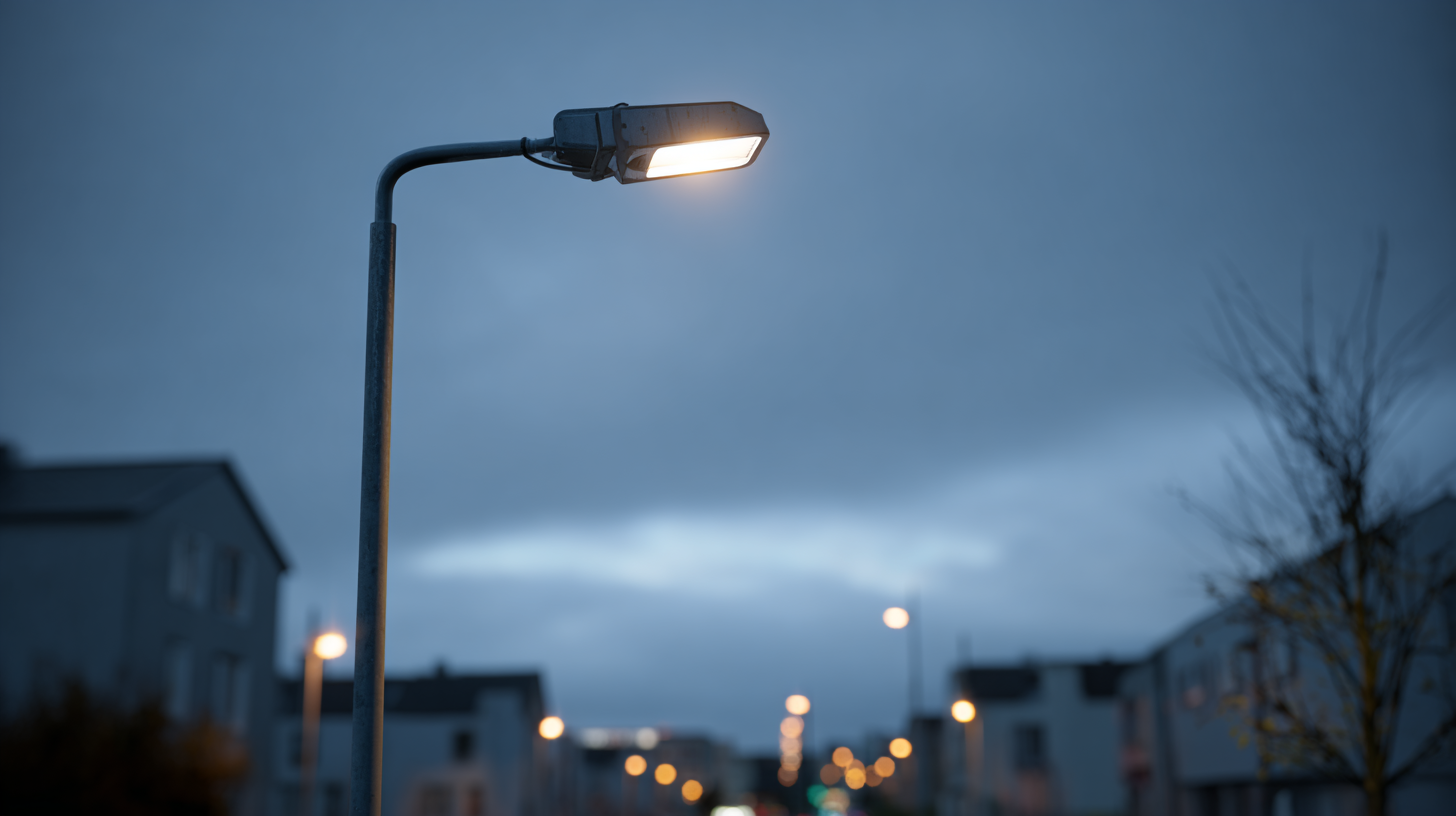
Furthermore, smart street lights, integrated with sensors and IoT technology, are emerging as a cutting-edge solution. A report from MarketsandMarkets estimates that the smart street lighting market will reach $9.5 billion by 2024, as cities increasingly adopt these technologies for better management and energy savings. These lights not only enhance safety through adaptive lighting systems but also contribute to data collection for urban planning, making them ideal for modern urban environments that require flexibility and sustainability. Choosing the right street light is vital for improving urban living standards and promoting energy efficiency.
Evaluating Energy Efficiency and Sustainability in Street Light Options
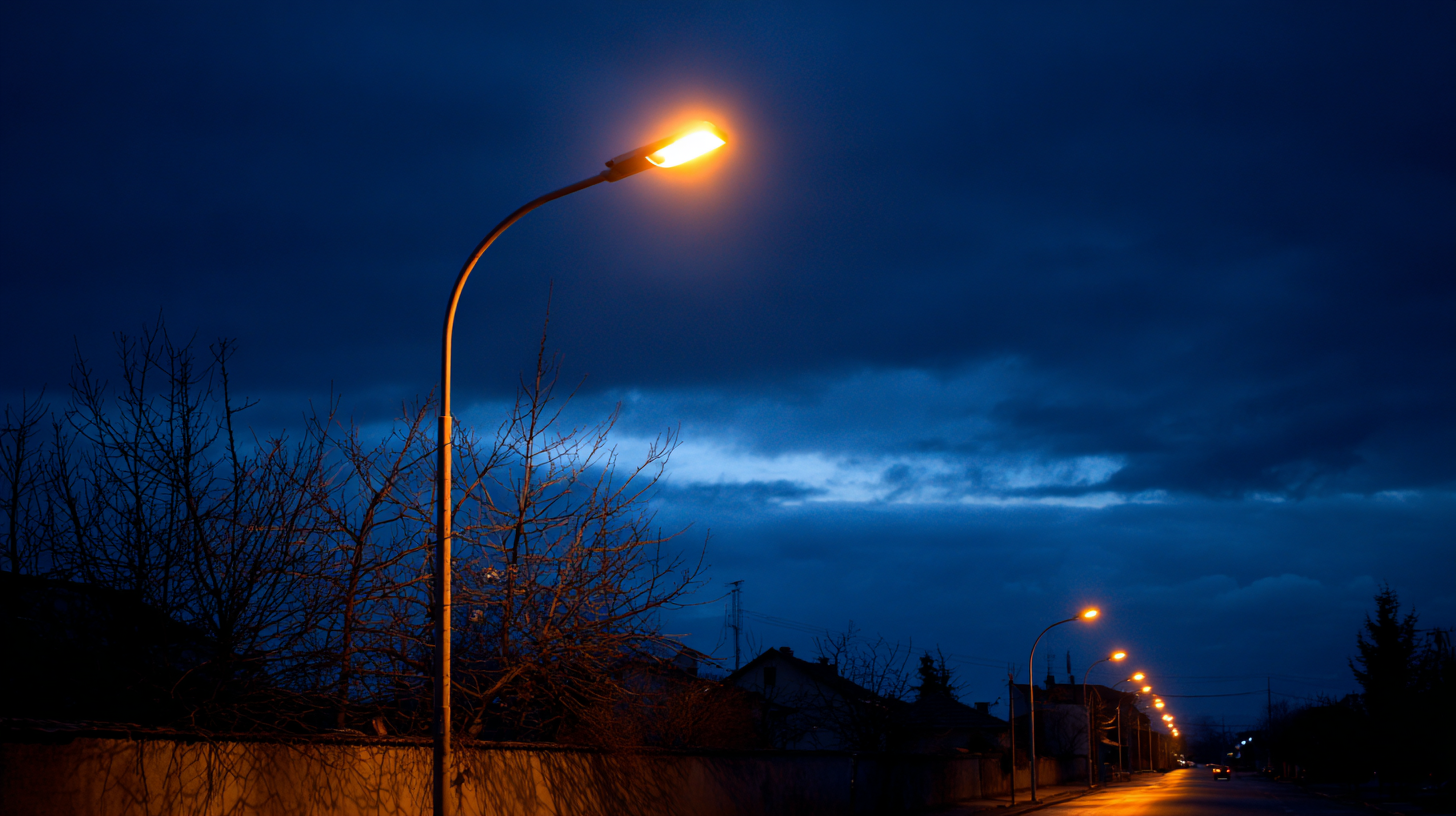 Selecting the right street light for an urban environment requires a thorough evaluation of energy efficiency and sustainability. Traditional street lighting, often reliant on high-pressure sodium or metal halide bulbs, tends to consume a significant amount of energy and has a shorter lifespan. In contrast, modern LED street lights offer a more sustainable option, reducing energy consumption by up to 75% while providing longer service life. The initial investment in LED technology may be higher, but the savings in energy costs and reduced maintenance make it a wise choice for cities aiming to enhance their environmental footprint.
Selecting the right street light for an urban environment requires a thorough evaluation of energy efficiency and sustainability. Traditional street lighting, often reliant on high-pressure sodium or metal halide bulbs, tends to consume a significant amount of energy and has a shorter lifespan. In contrast, modern LED street lights offer a more sustainable option, reducing energy consumption by up to 75% while providing longer service life. The initial investment in LED technology may be higher, but the savings in energy costs and reduced maintenance make it a wise choice for cities aiming to enhance their environmental footprint.
Moreover, the sustainability of street lighting extends beyond energy efficiency. It also encompasses the materials used in manufacturing, the recyclability of components, and the impact on local ecosystems. Solar-powered street lights present an innovative solution by utilizing renewable energy sources, minimizing reliance on grid electricity, and significantly lowering carbon emissions. Additionally, incorporating smart technology in street lighting systems, such as adaptive brightness controls that adjust based on pedestrian traffic, not only conserves energy but also enhances safety and visibility. These multifaceted approaches help urban environments create more sustainable and resilient lighting solutions tailored to their specific needs.
Integrating Smart Technology in Modern Street Lighting Solutions
As urban areas continue to evolve, the integration of smart technology into street lighting has become essential. According to a report by the International Energy Agency (IEA), smart street lighting can reduce energy consumption by up to 40% while enhancing city safety and security. By incorporating sensors and IoT devices, cities can not only optimize energy usage but also gather valuable data to improve traffic flow and public safety.
Furthermore, smart street lighting systems can adapt to real-time conditions. For example, the Global Lighting Association notes that adaptive lighting can increase illumination during peak hours while dimming when foot traffic decreases, leading to further energy savings. Additionally, such systems can integrate emergency response features, automatically brightening specific areas during crises, thereby enhancing public safety. As cities transition to smarter infrastructure, investing in advanced street light solutions equipped with smart technology is no longer just an option, but a necessity for sustainable urban development.
How to Choose the Right Street Light for Your Urban Environment
This chart represents the comparison of different types of street lights based on their energy efficiency, brightness, and cost-effectiveness. The data illustrates how different technologies integrate into urban environments.
Related Posts
-
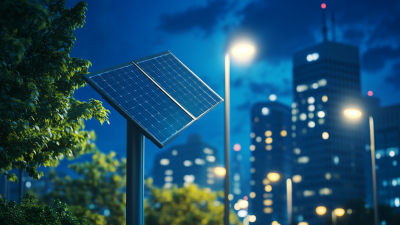
Unlocking the Secrets to Optimal Street Light Procurement for Global Buyers
-
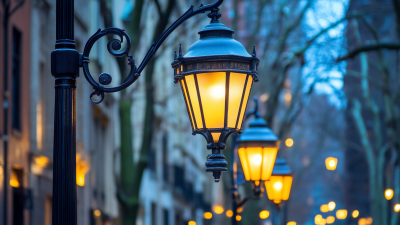
Maximizing Cost Efficiency with Street Light Maintenance Strategies Five Essential Tips for Global Buyers
-
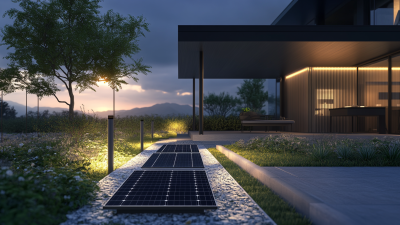
Exploring the Technical Specifications of Solar Powered Outdoor Lights and How to Optimize Their Efficiency
-

Global Street Light Market Outlook and Trends for the Next Decade
-
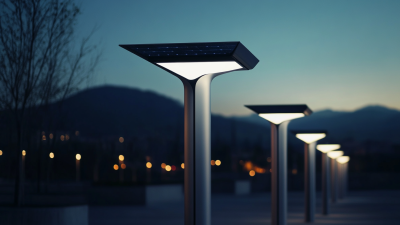
7 Innovative Outdoor Solar Lights Shaping the Future of Sustainable Lighting Solutions
-
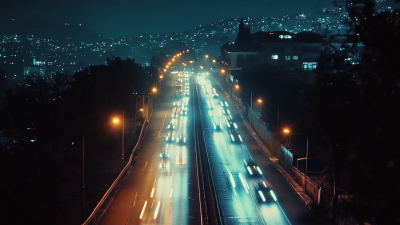
15 Ways Outdoor Solar Lights Enhance Sustainability and Save Energy Globally
